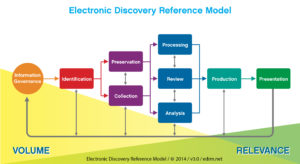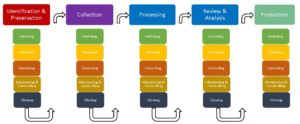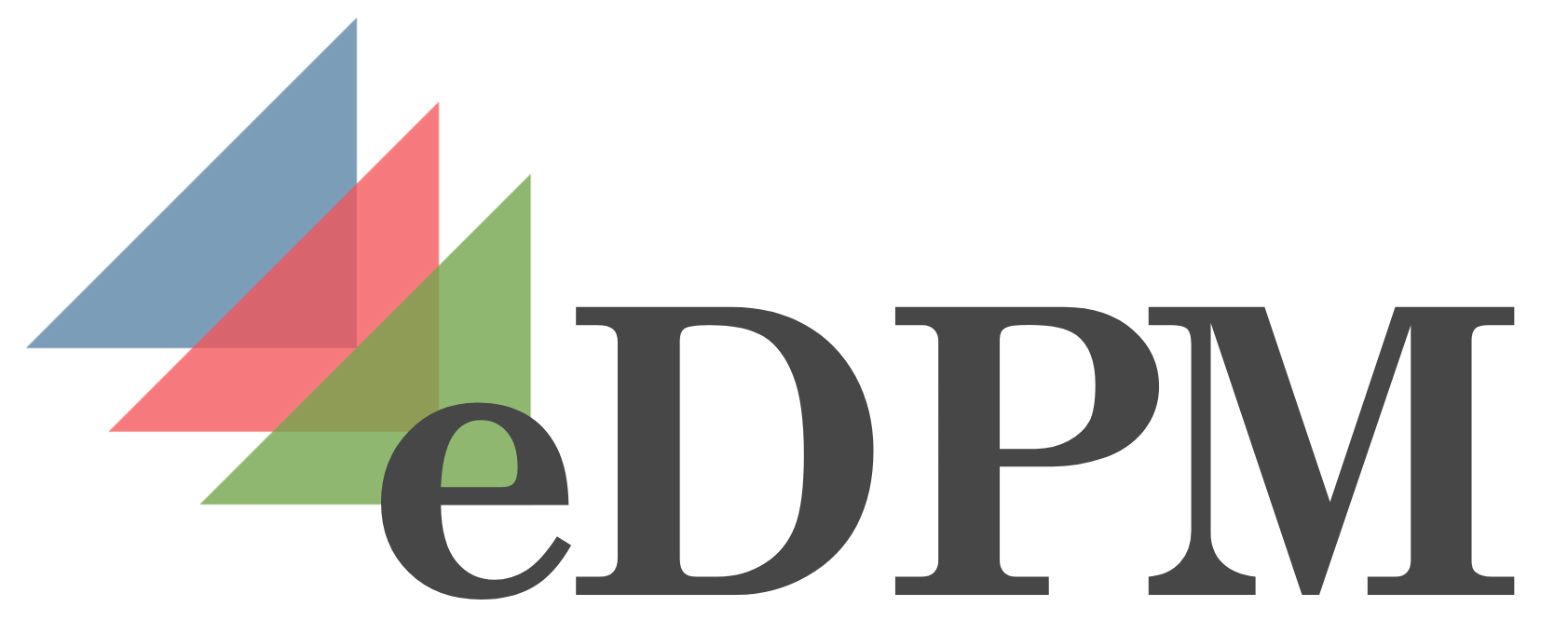Few people in legal operations discuss project management in the same sentence with electronic discovery. When the subject does arise you hear people toss around phrases like “legal project management,” or you hear talk of organization-wide process improvement efforts. Mostly, it’s about finding ways to be more efficient.
But organization-wide project management initiatives require high-level buy-in and lots of resources and coordination. I don’t believe such buy-in or resources are required when it comes to implementing project management processes, particularly in the context of e-discovery. And I don’t believe permission is needed either. Do you need approval to save money? To reduce risk? To implement, efficient, defensible processes for managing your work?
I’ve had numerous conversations about how project management can be used to manage discovery projects. It’s a little puzzling to some at first because, after all, we have the EDRM framework, right? Doesn’t that framework provide guidance? Does introducing project management methodologies only add to the confusion? Listen, I get it –what does project management have to do with discovery anyway? Instead of a single time-honored framework, now we have to use a second framework?
Not to worry. The project management and EDRM methodologies are easily combined into a single framework. Let’s look at how to accomplish that.
In a typical e-discovery project, we move from left to right across the EDRM from Information Governance through Presentation.

There are likely to be iterative processes, like review and analysis, but anyone in our business knows that e-discovery projects don’t always move forward in such a linear fashion. Issues arise on a case-by-case basis that change the project scope, timing, and cost. Still, generally speaking, progress is from left to right.
But what if we take away the right to left motion of the project?
What if we take the basic elements of the EDRM and insert the five project management process groups in a way that integrates the two into a new framework that ensures we handle each e-discovery phase in standard manner? What does this new Electronic Discovery Project Management model look like? Probably something like this:

This new model requires thinking about each node of the EDRM as a sub-project of the larger e-discovery project. And instead of a left to right workflow, it requires that we think about the process in a down-and-over workflow. In this way, it is possible to integrate the project management process groups and all of the attendant principles and practices into the workflow.
Some may ask why ignore the IG component of the EDRM. Information Governance, after all is the foundation of e-discovery. We’re not ignoring IG. The fact is that IG involves many moving parts, policies and practices. Most organizations have less than mature IG programs and they are not in a position to undertake the design and implementation of an IG program. The hope is that this will change over time, but for now it remains an unfortunate reality. So, it makes sense from a process perspective to start e-discovery projects with Identification and Preservation.
Similarly, with respect to the Presentation phase of the EDRM. Very few cases actually make it to trial, and anyone who has worked on a trial knows that they can be a project unto themselves. That said, presentation projects like trials, depositions, and hearings, are all sub-projects as well and project management may be used there as well.
In the end this new model is a working methodology providing for a sound defensible process that recognizes the primary components of e-discovery and project management. It combines the time-honored workflow of the EDRM with the even more mature principles of PM to create a process framework that will lead to successful outcomes. You don’t need permission to implement this new model.
(A version of this piece originally appeared on Above the Law)
Like us on Facebook and follow us on Twitter.
